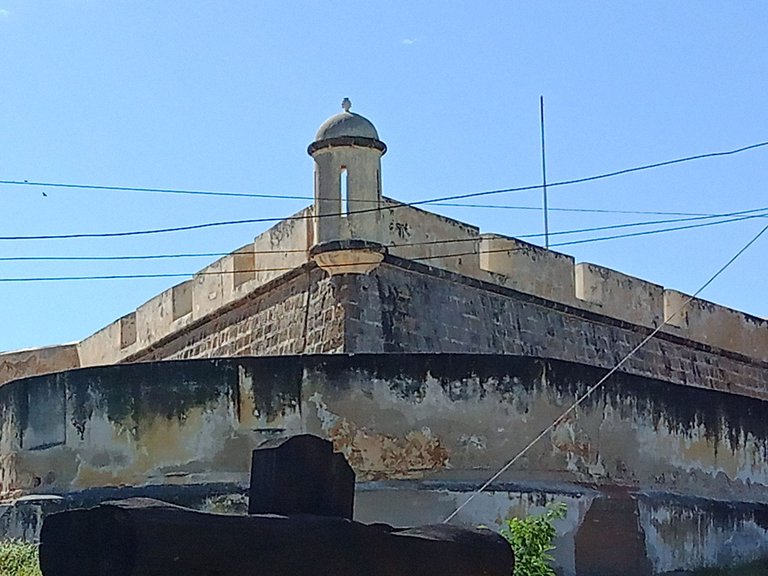
Life is not a problem to be solved, but a mystery to be lived.
Anonymous
Hello design and architecture loving community. On this occasion I share with you my visit to the Castillo de Cumaná, Venezuela.
It is an architectural work with great stories that deserve to be told.
It is worth mentioning that when we arrived at the place we were attended by the local guide who gave us a tour around the castle and gave us very interesting information about this great work of art.

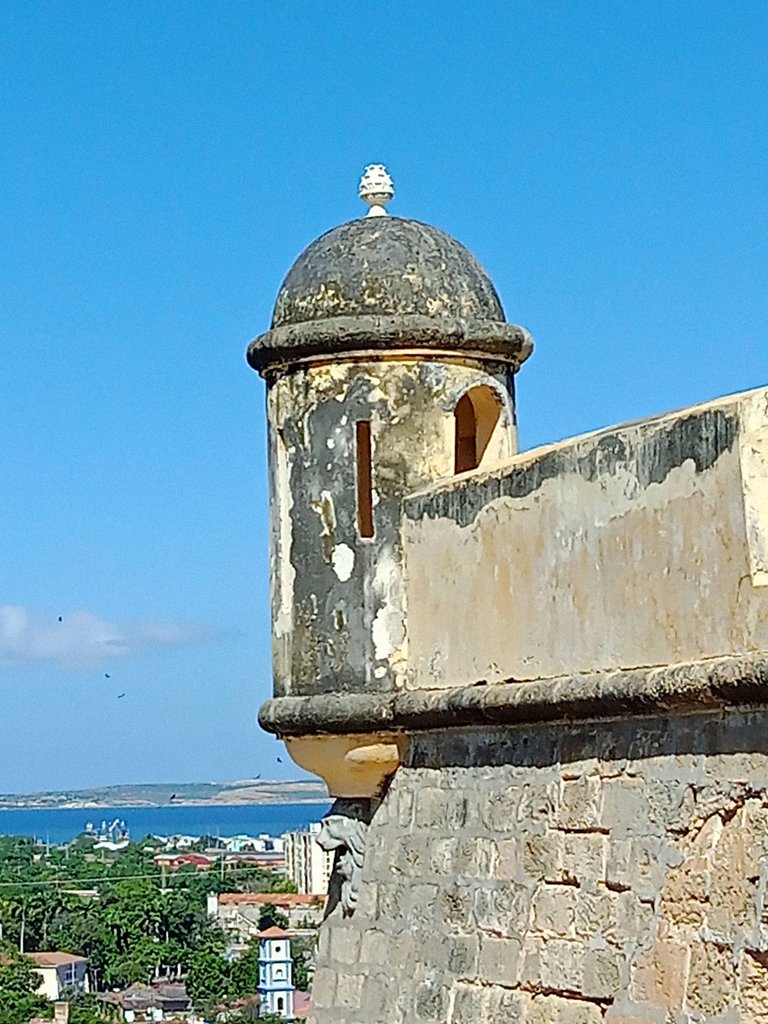
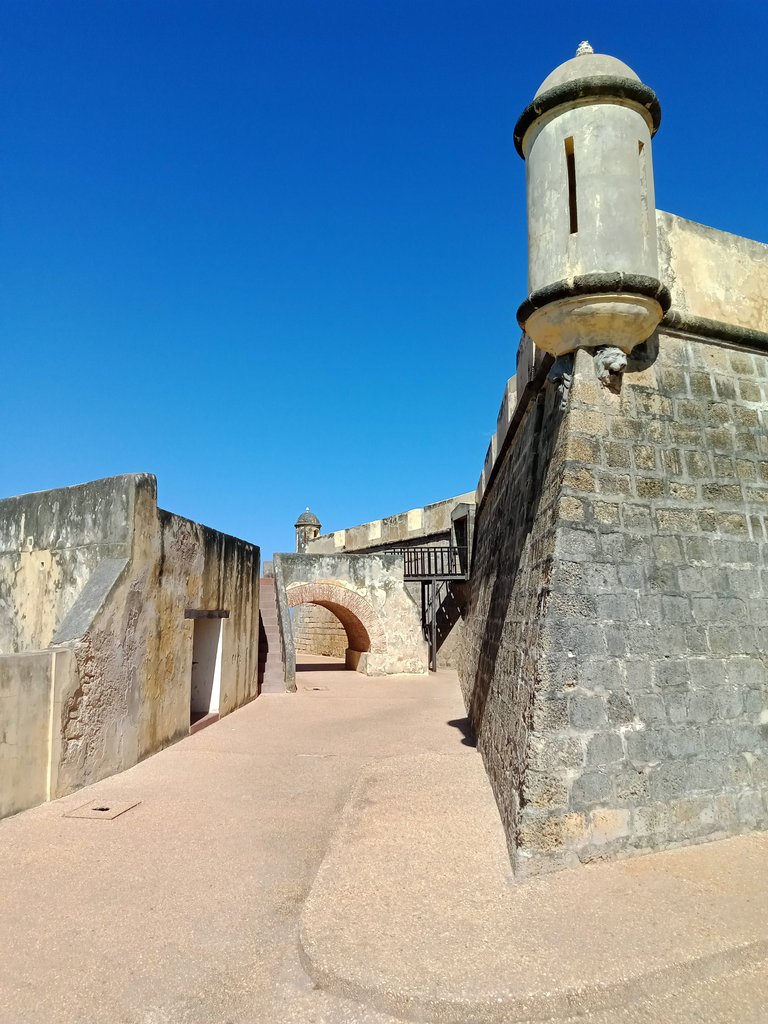
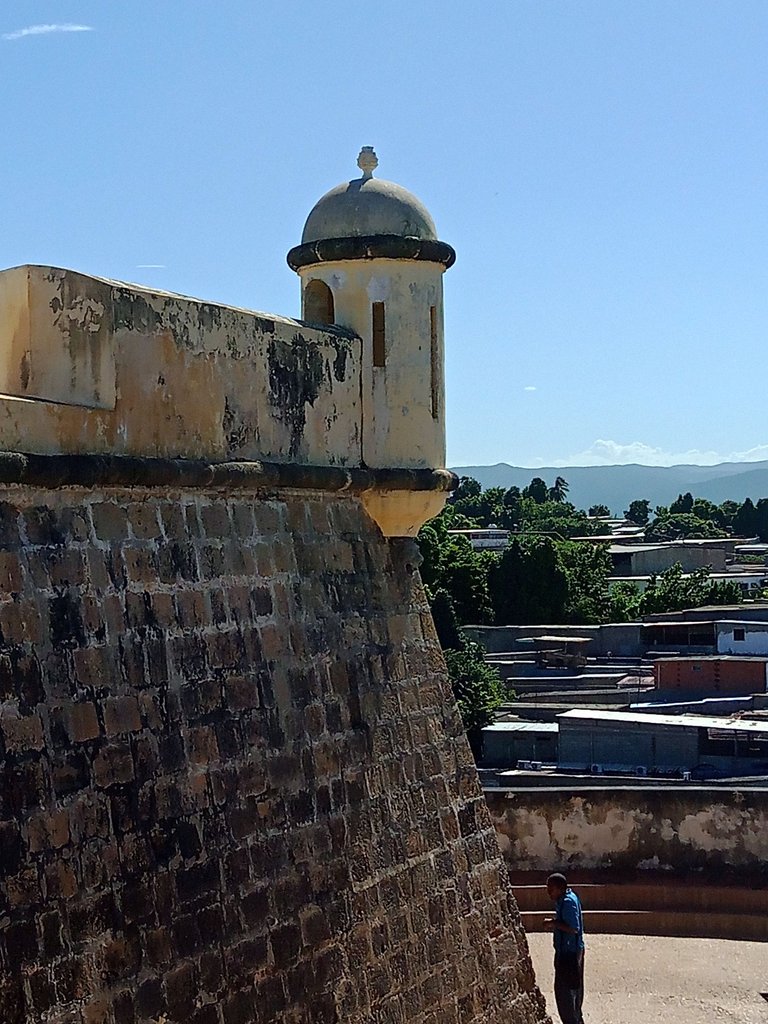
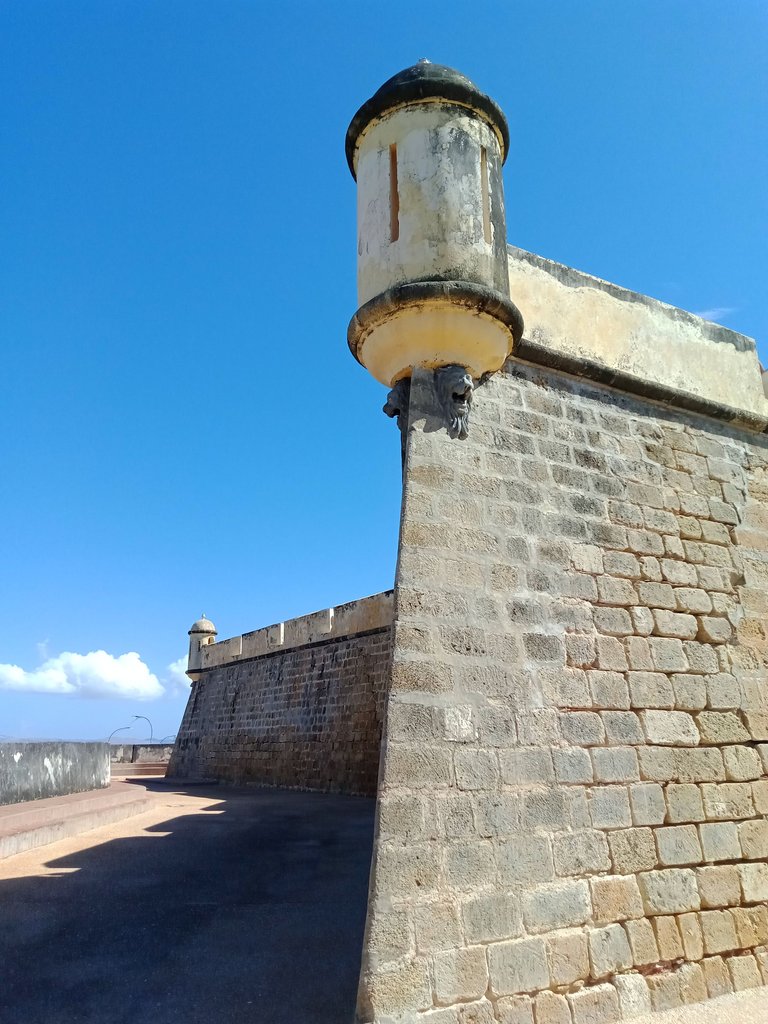
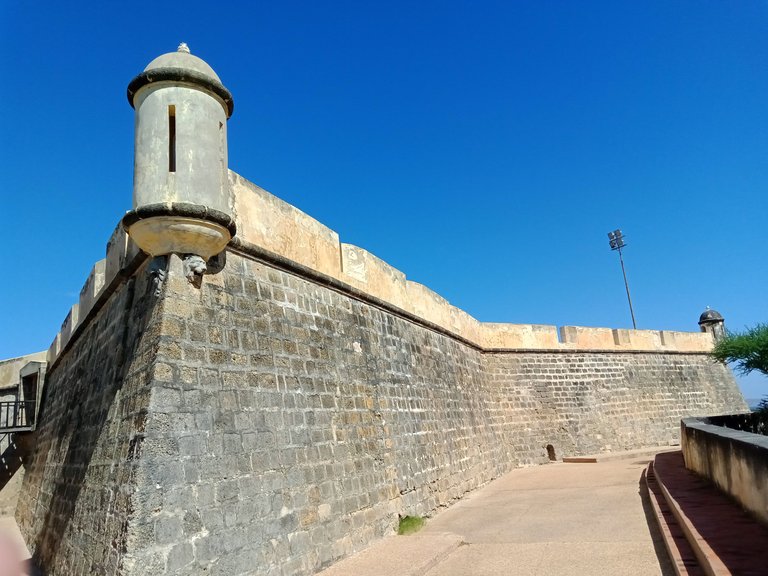

This castle is known as San Antonio de la Eminencia, it is 64 years old and was built in order to defend the city from pirate attacks.
When the two castles were built, Cumana was from the church to the back of a hamlet with tile roofs. As a curious fact the sea reached to where the Metropolitan Cathedral church is located.
Between 1728 and 1929 the city of Cumaná suffered three strong earthquakes that pushed the sea away. With the frequent earthquakes the land was rising and the sea retreating and part of the city was below sea level.
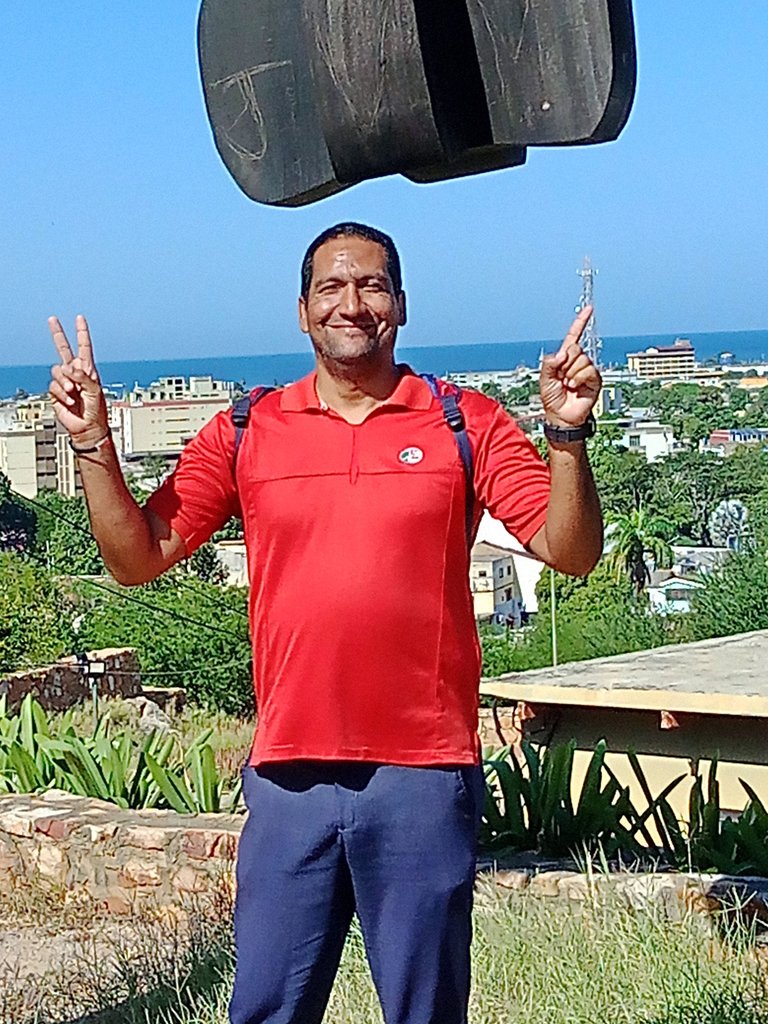
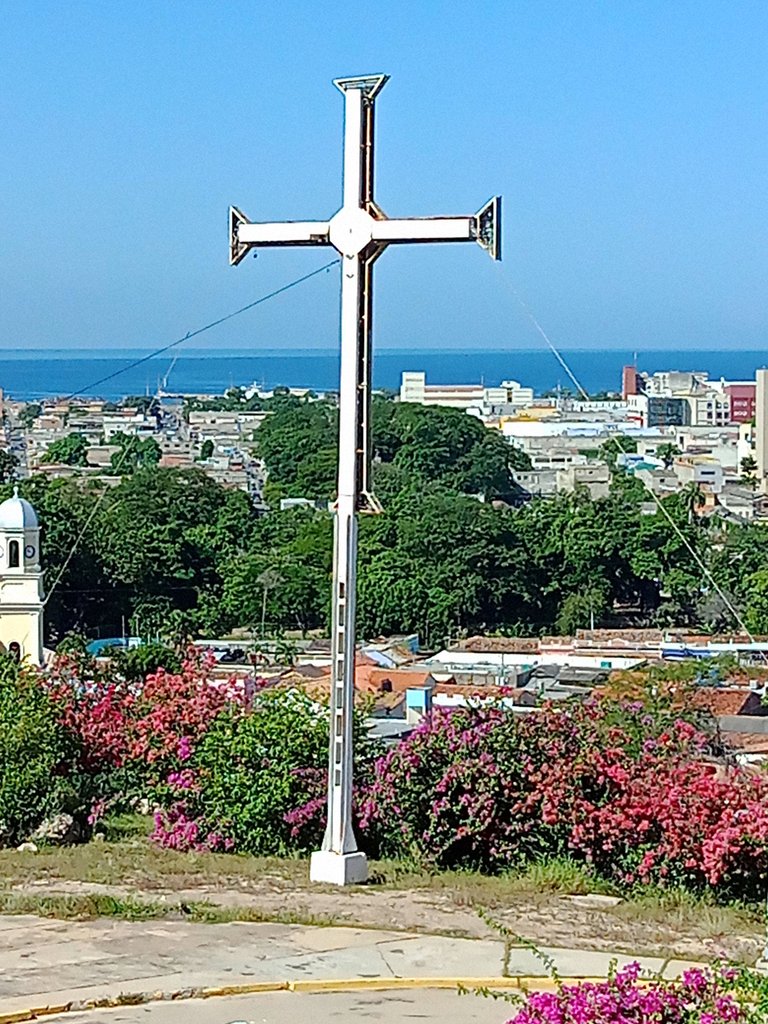
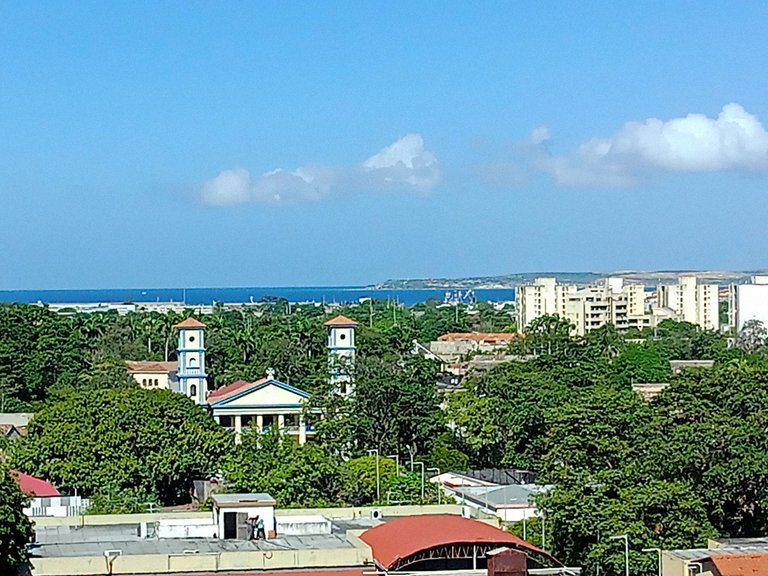

According to the information provided, it took the Spaniards 17 years of work to build the castle and the material they used was stones brought from the Araya peninsula. They are marine stones with corals emerged from the earthquake because when they built the castle there was no cement, they glued the stones with a white material known as calicanto, a combination of lime, sand, cattle blood, animal manure, aloe vera and water. They joined the materials and made the dough to glue the stones and bricks.
At the top we find a wall that is the remains of the dormitory where the German scientist Alexander Humboldt lived. General Santiago Mariño and General José Francisco Bermúdez also lived there.
Among the firearms that were in the castle we have the bombardas and the culebrinas that are the longest.
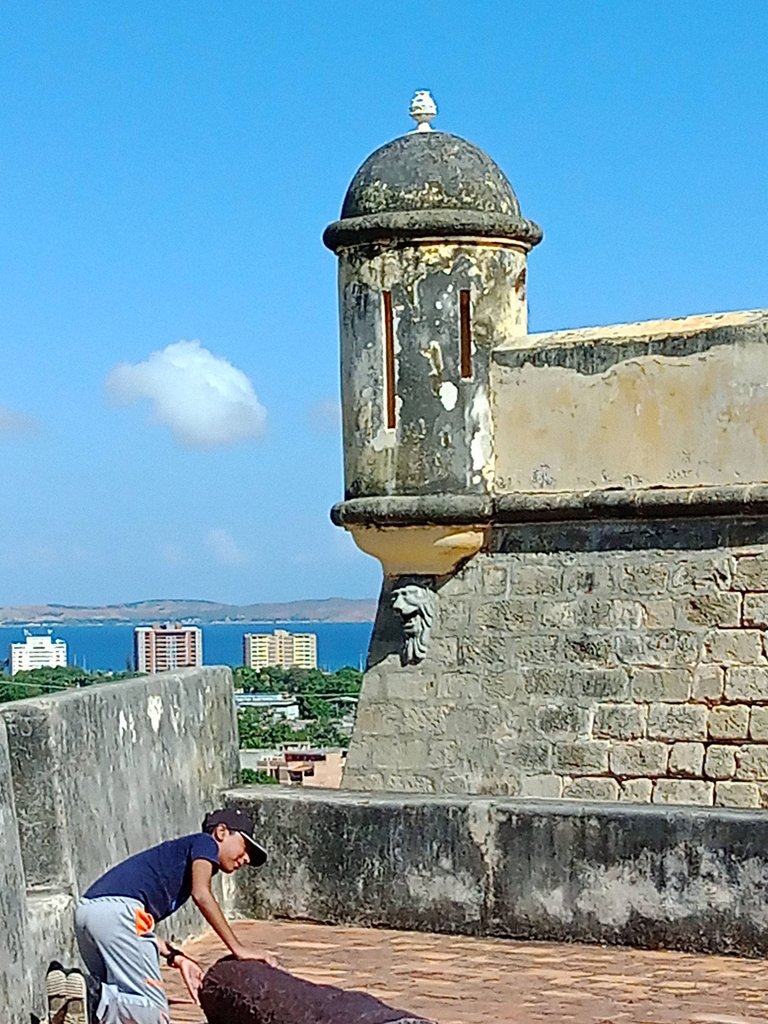

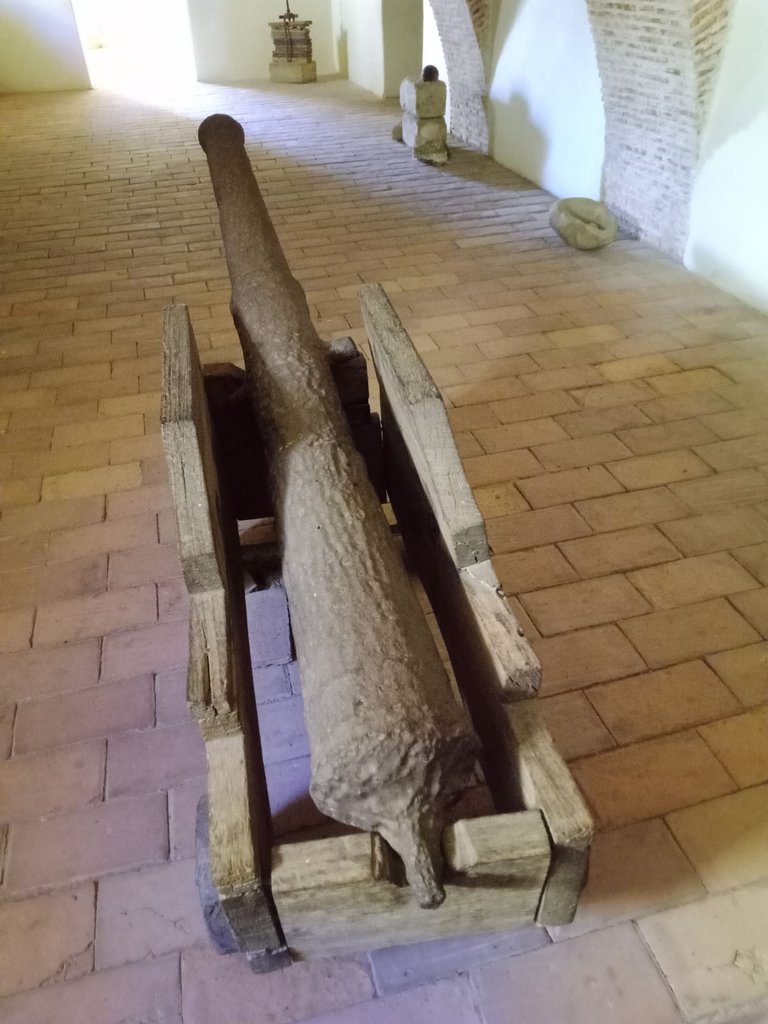
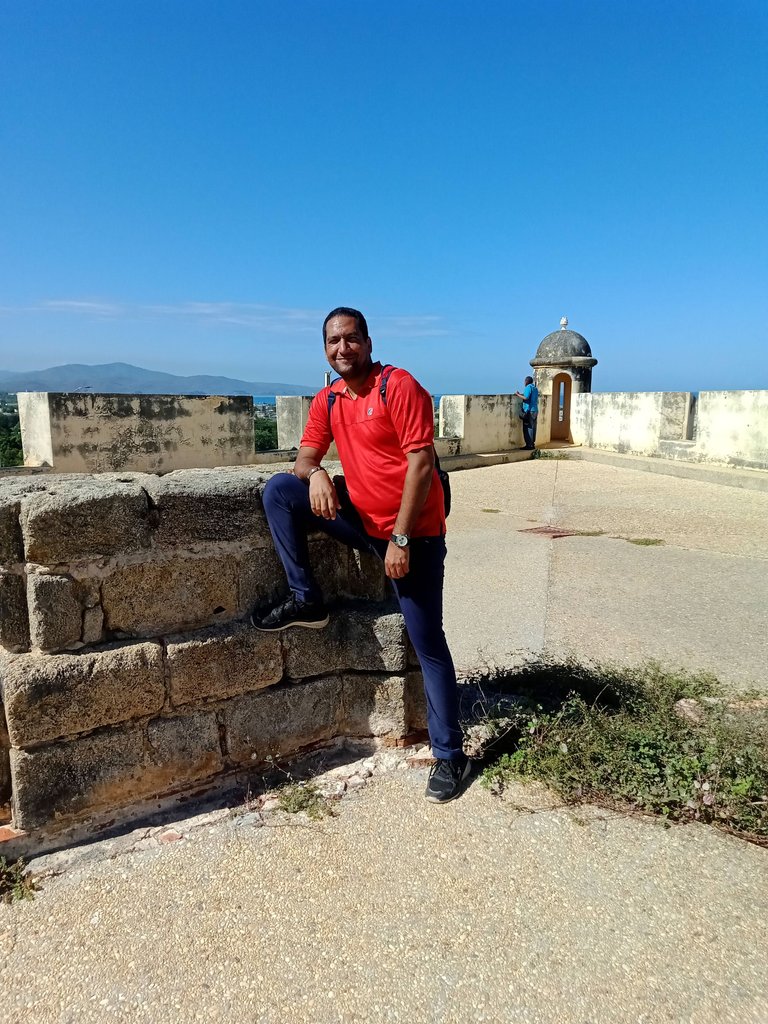
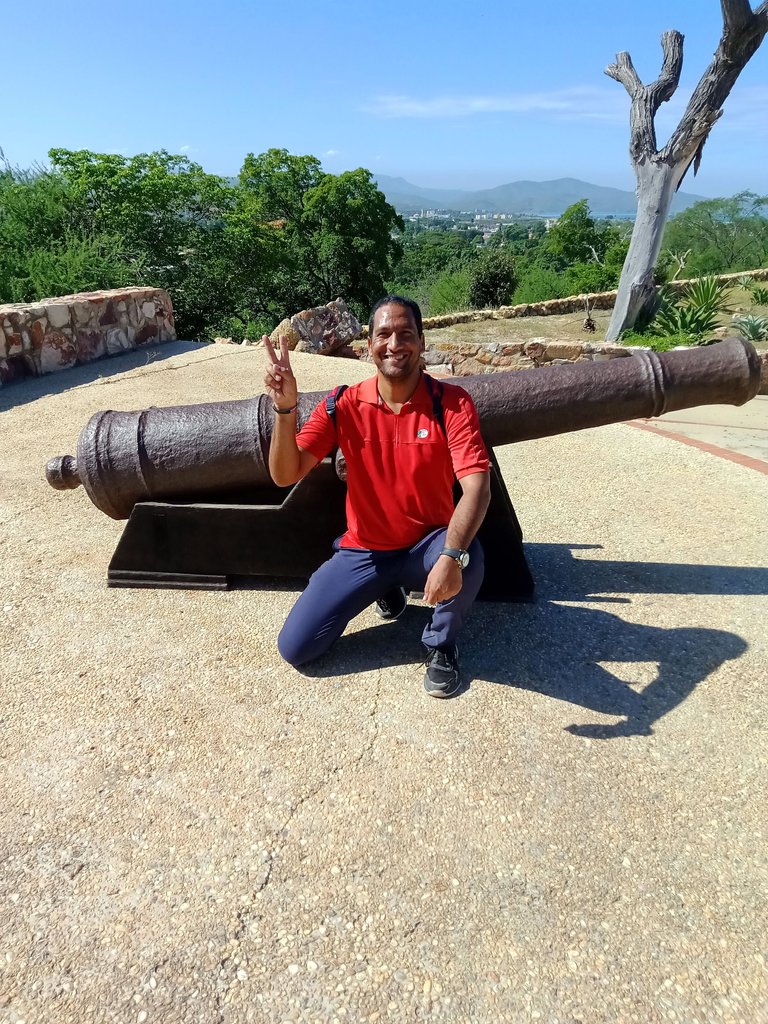
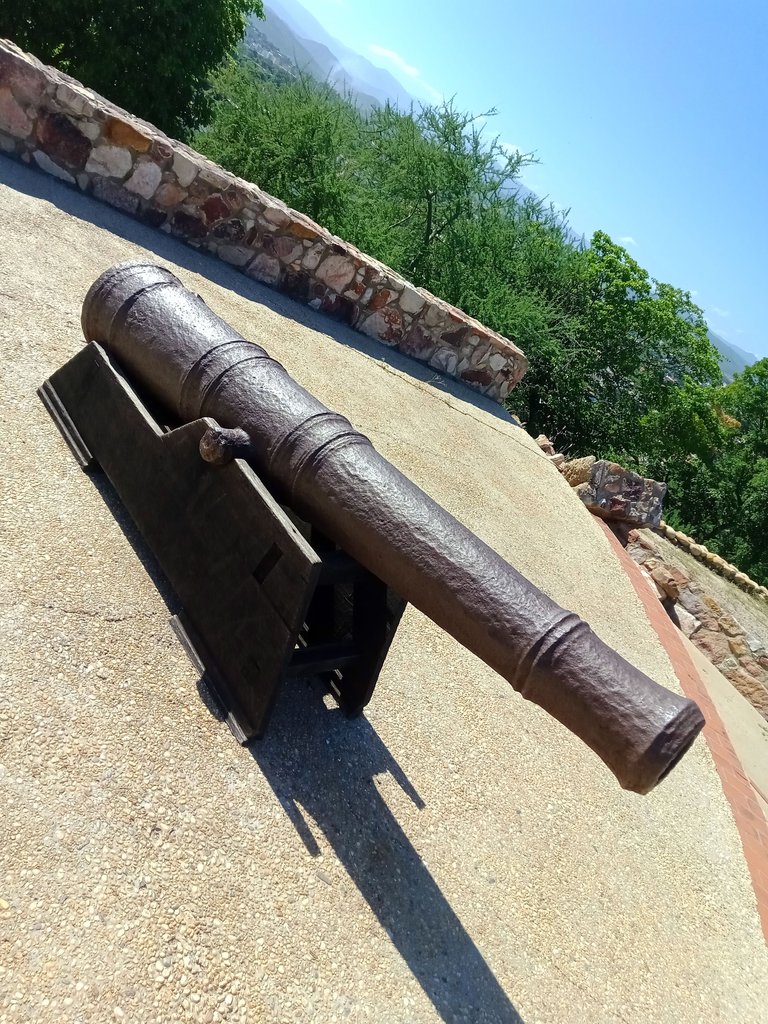
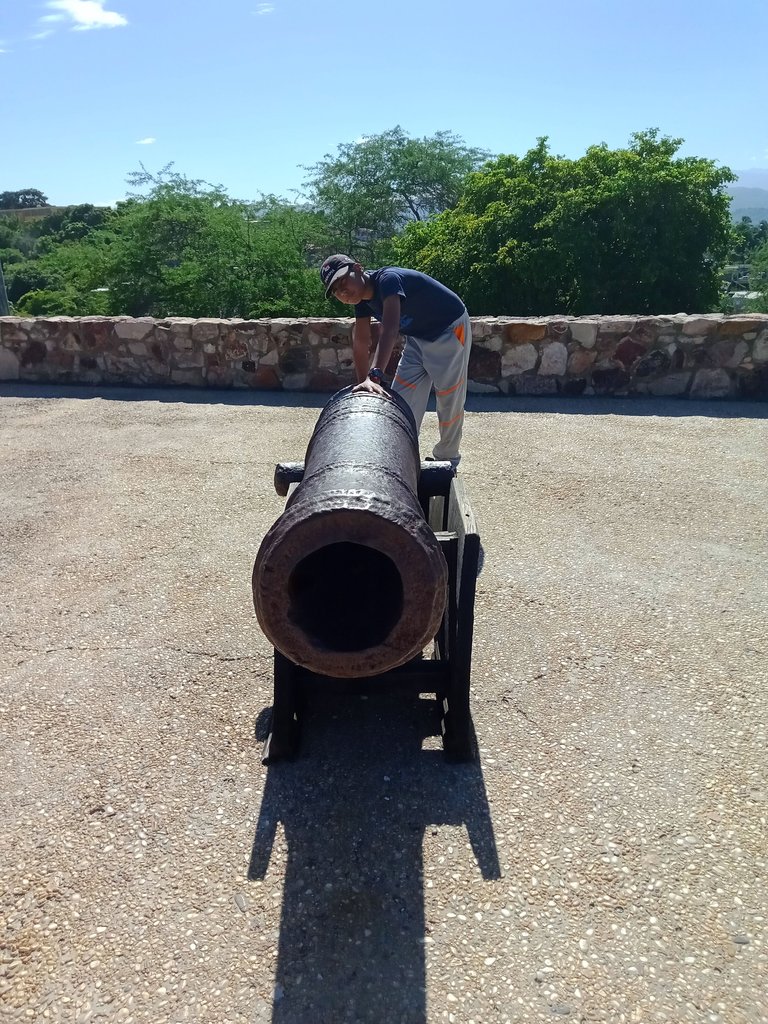
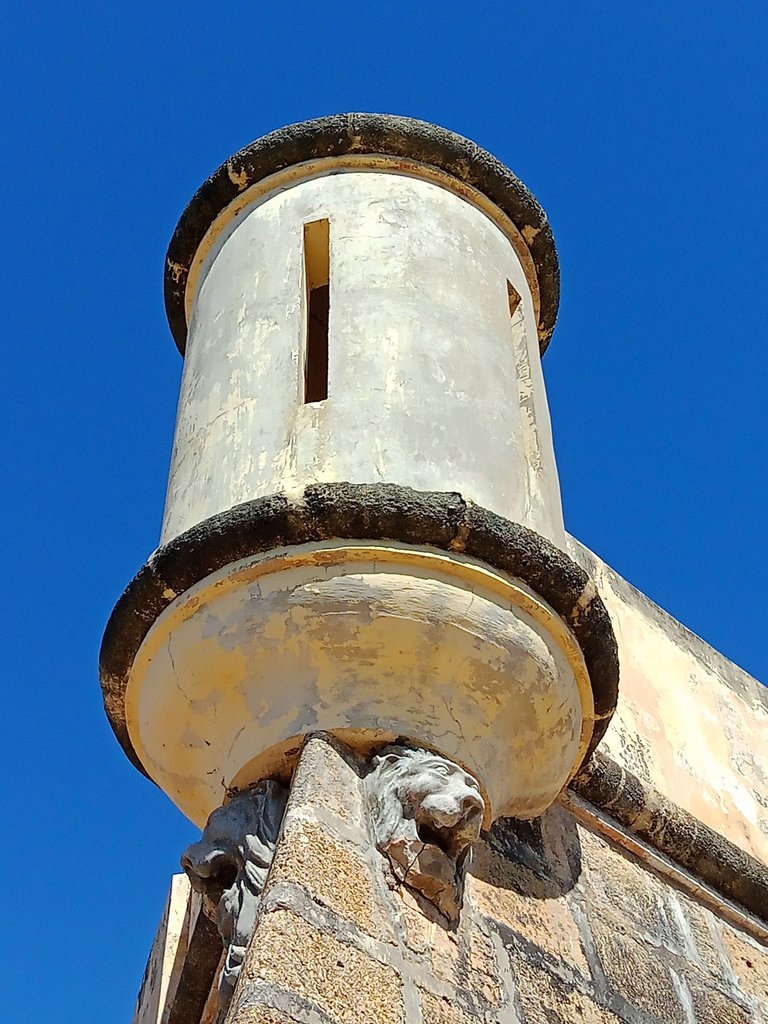
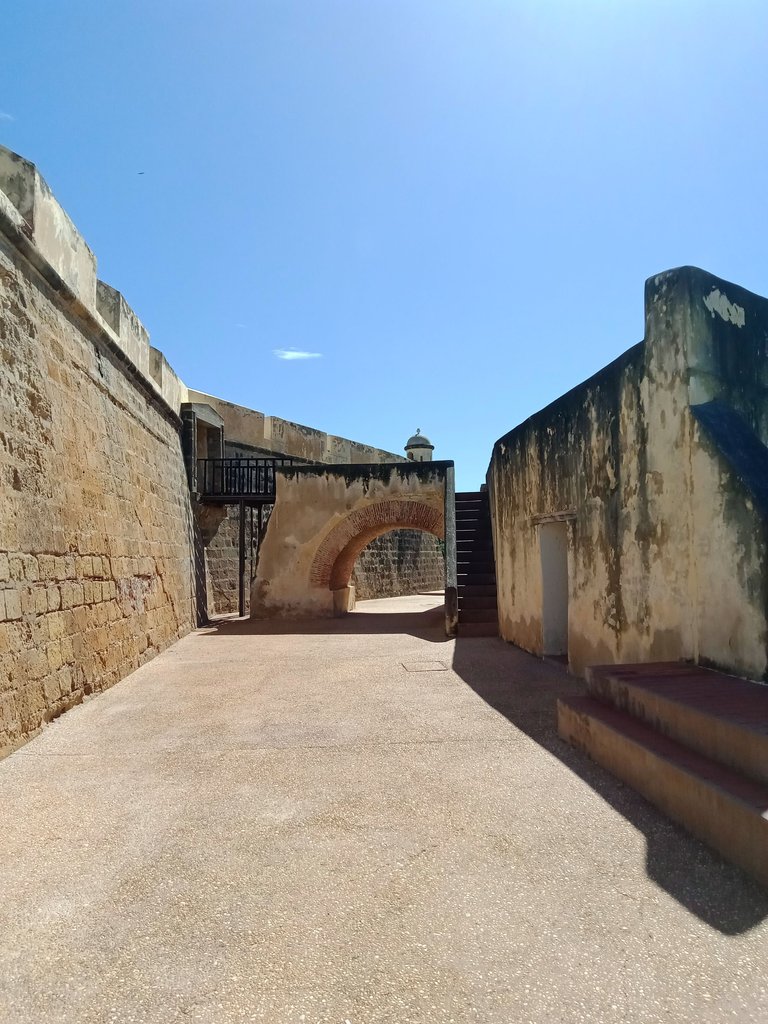
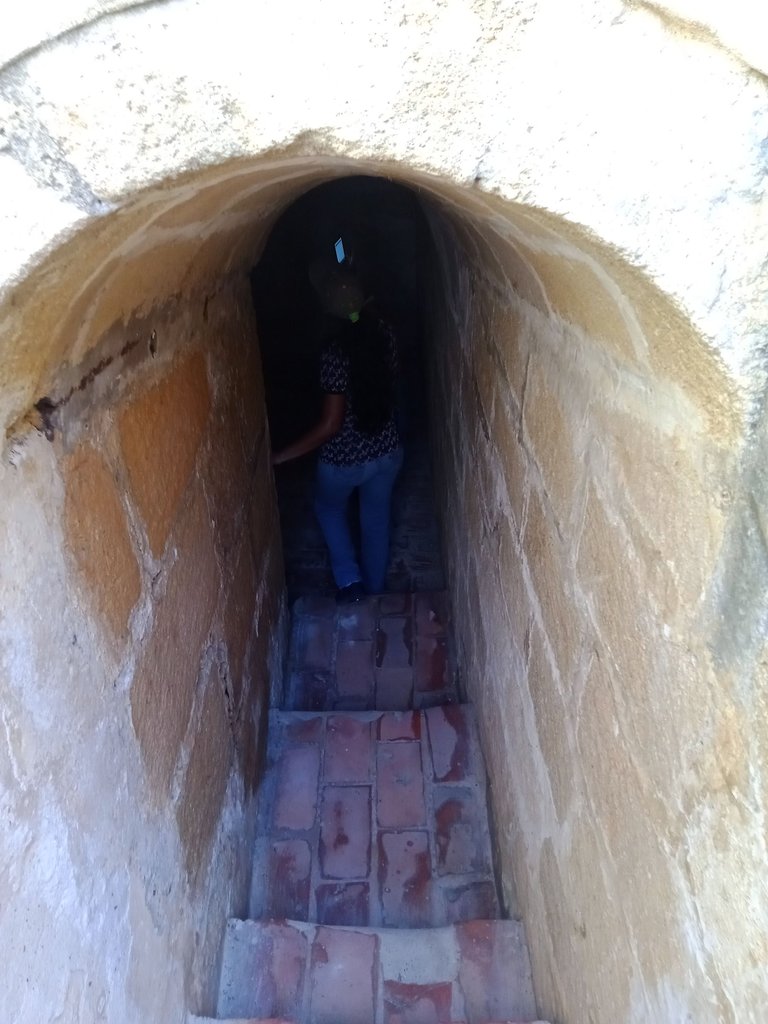
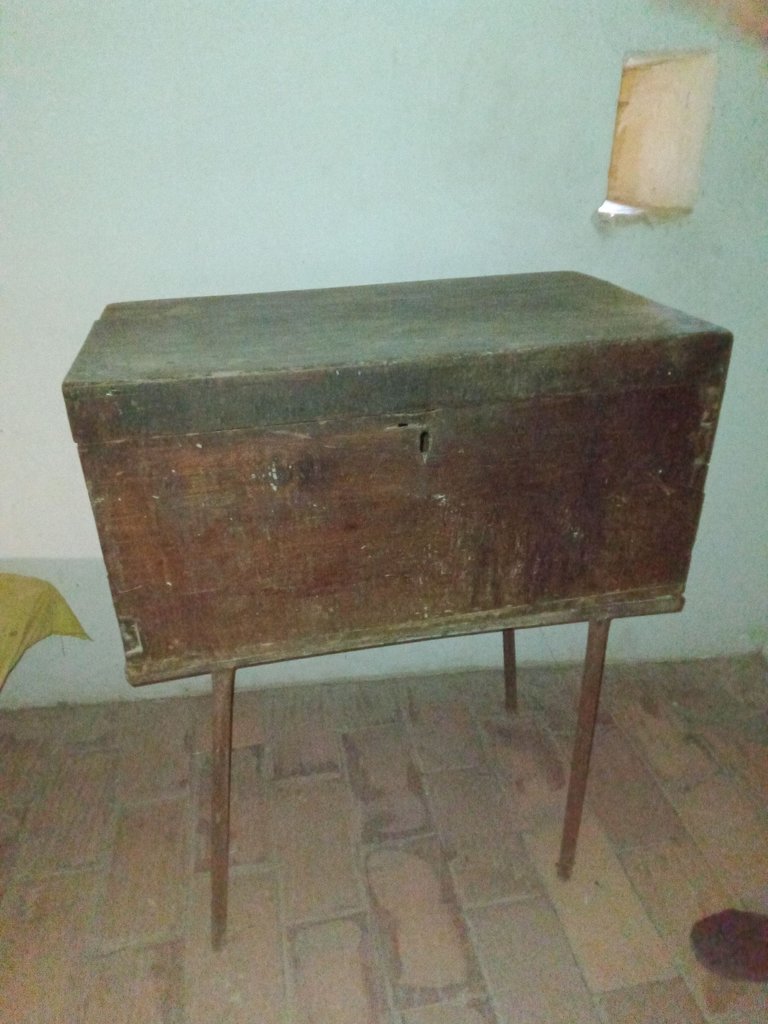
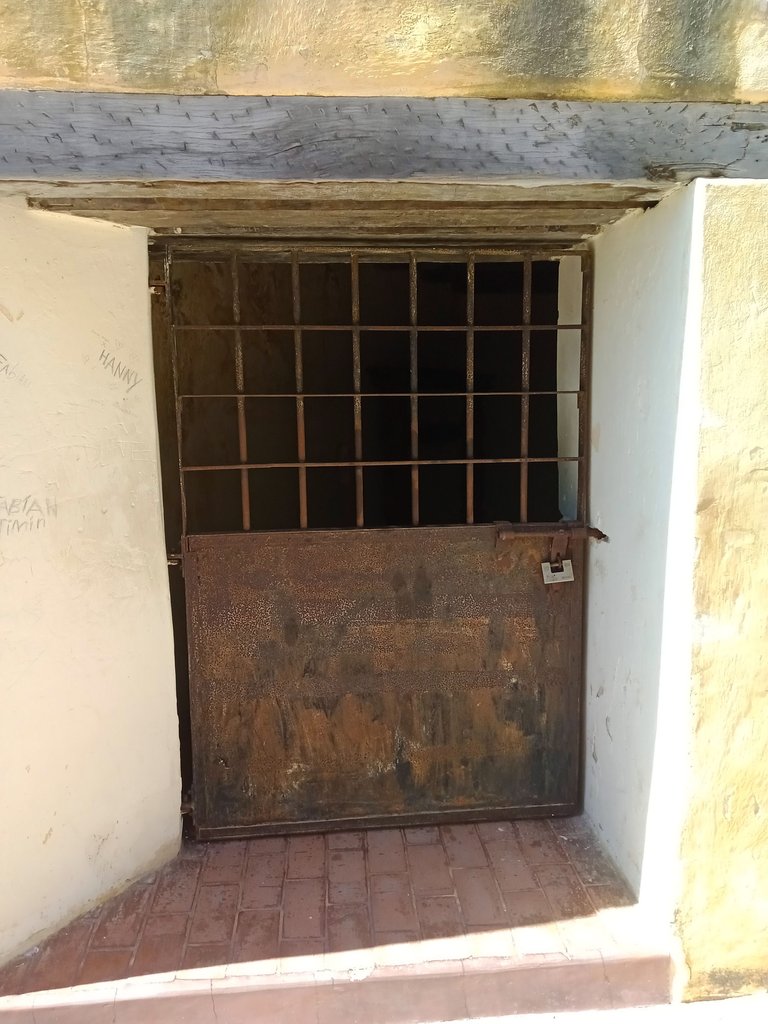
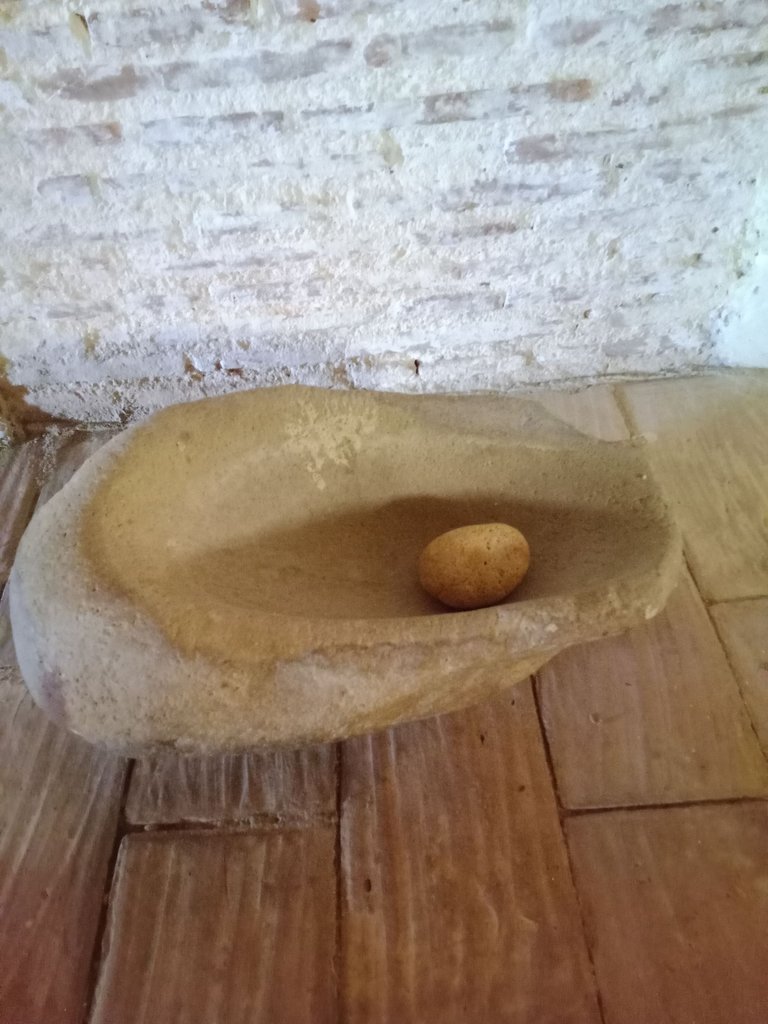

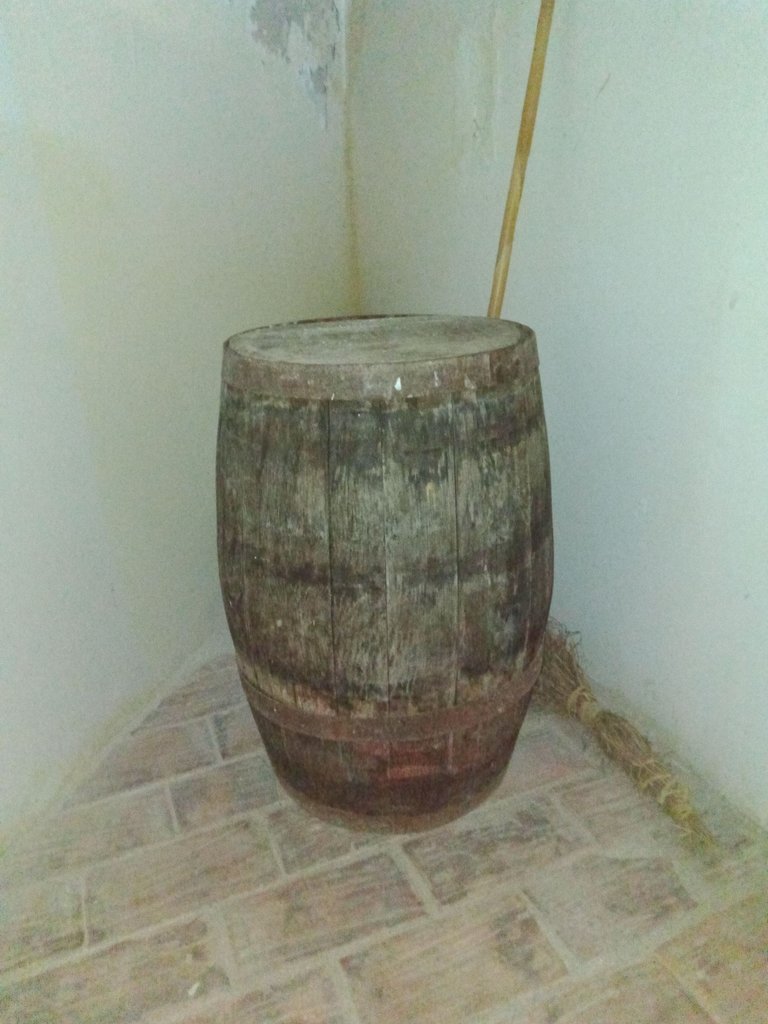
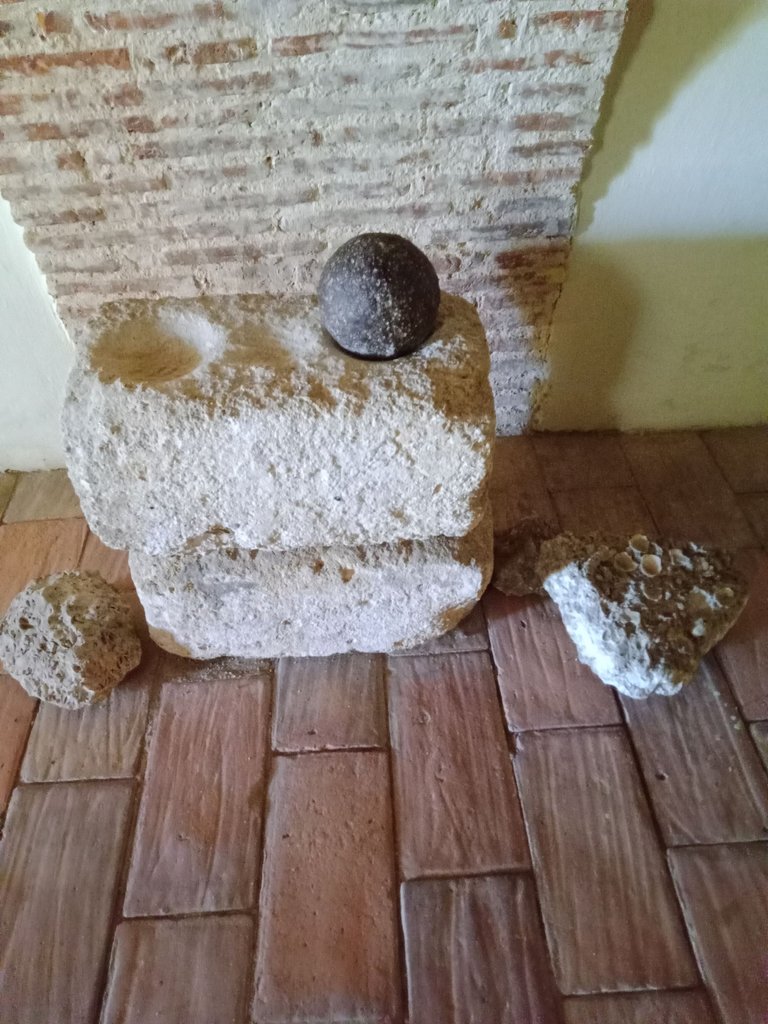
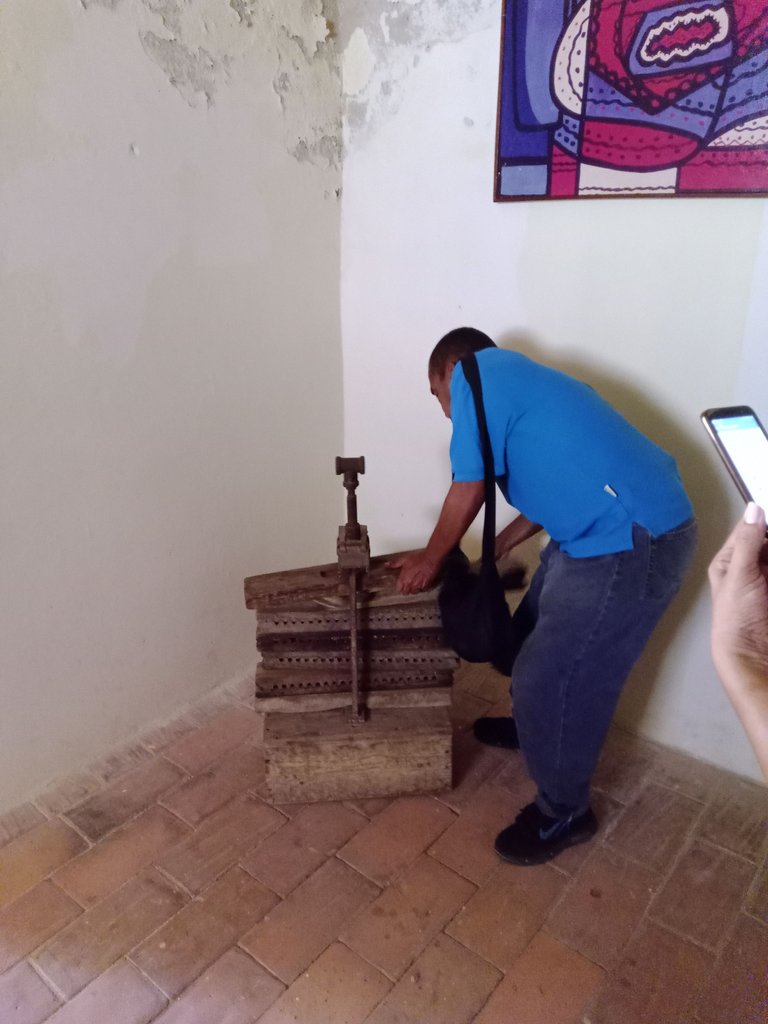
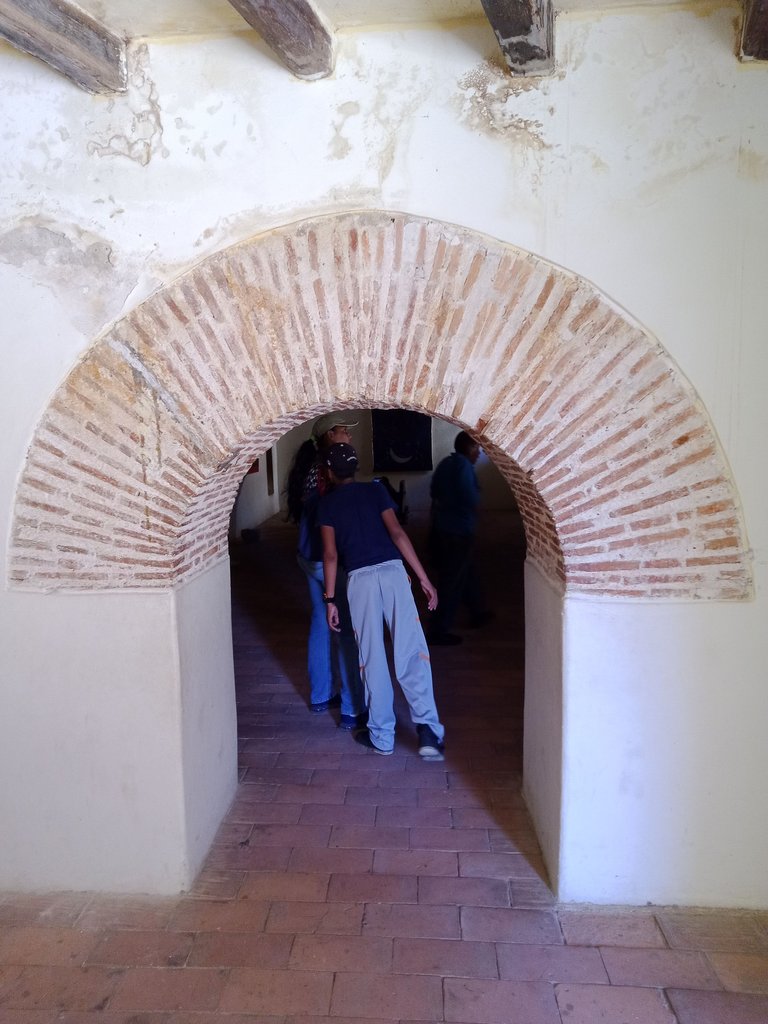
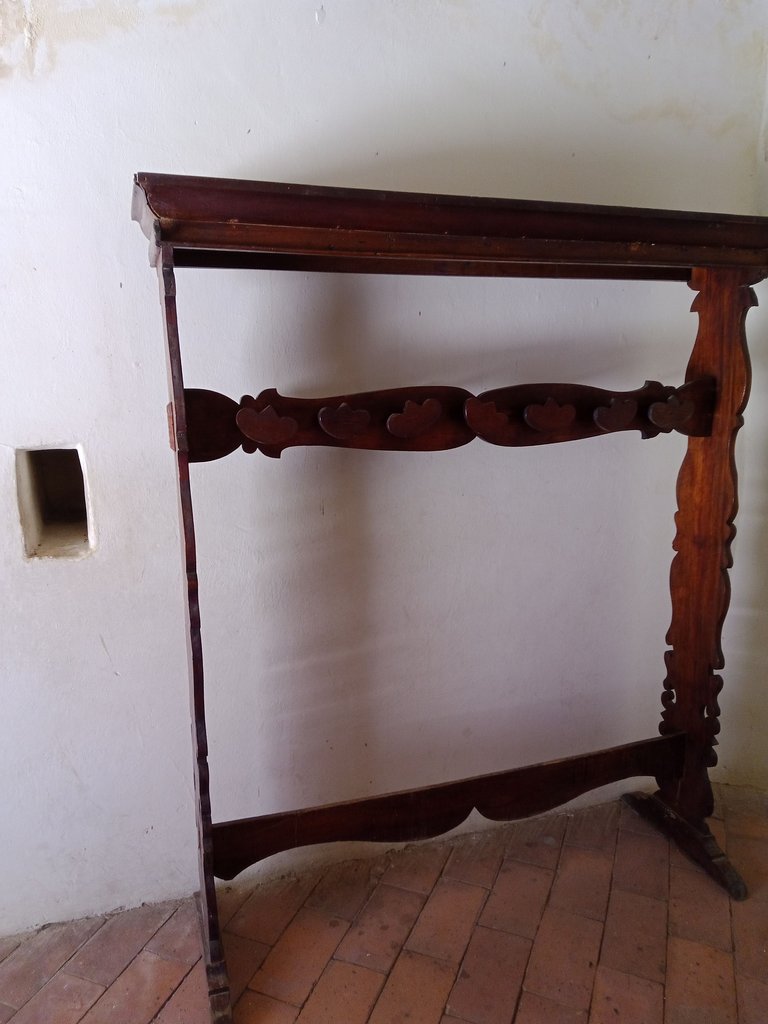

Translated with https://www.deepl.com/translator
All images are my own, dividers courtesy of @kattycrochet.
Todas las imágenes son de mi autoría, divisores cortesía de @kattycrochet.


